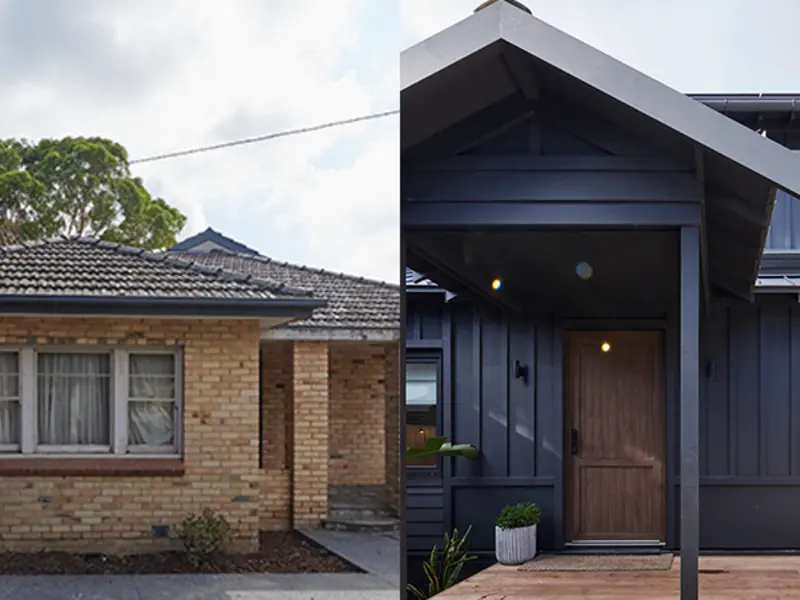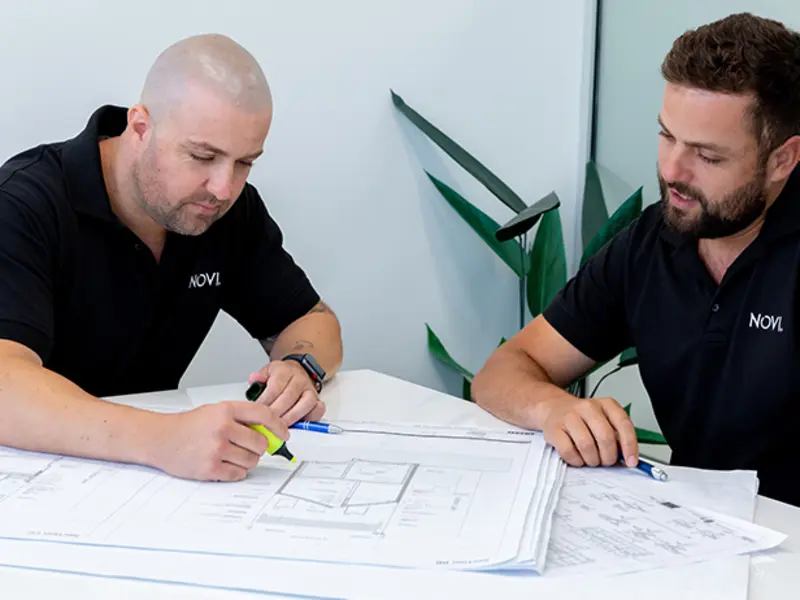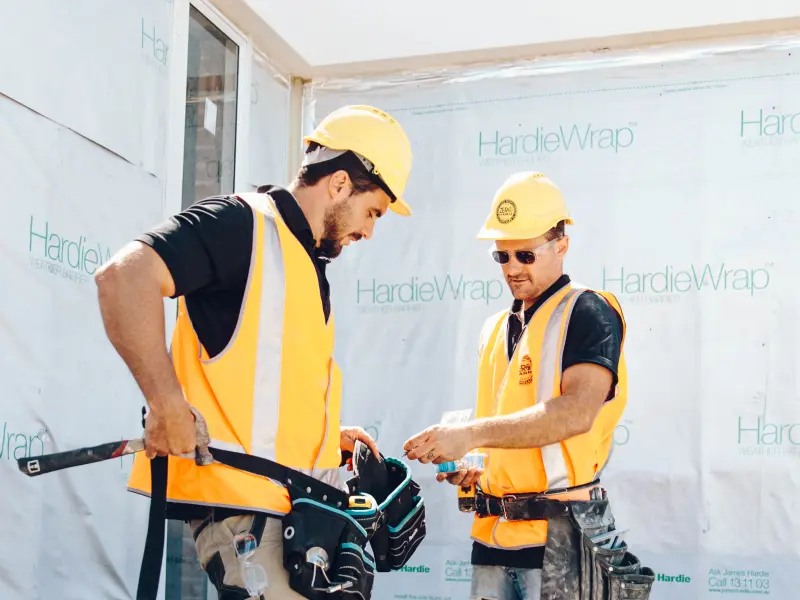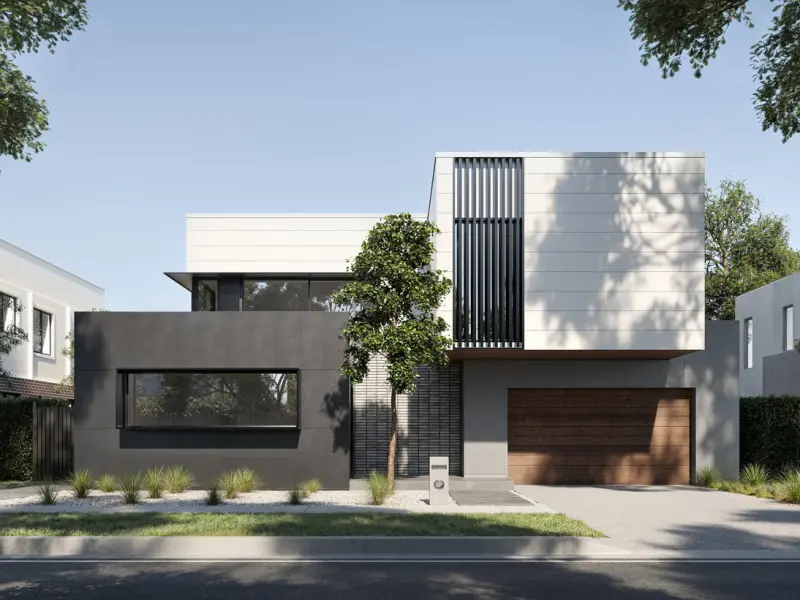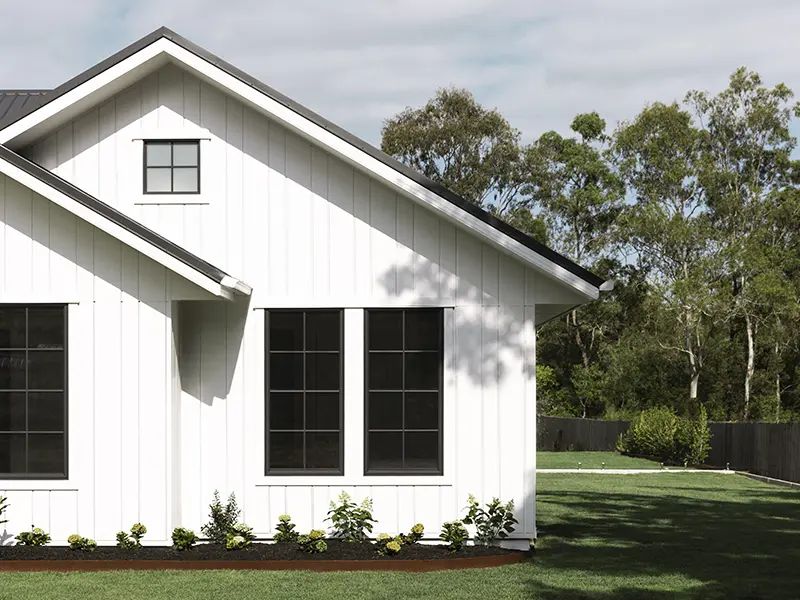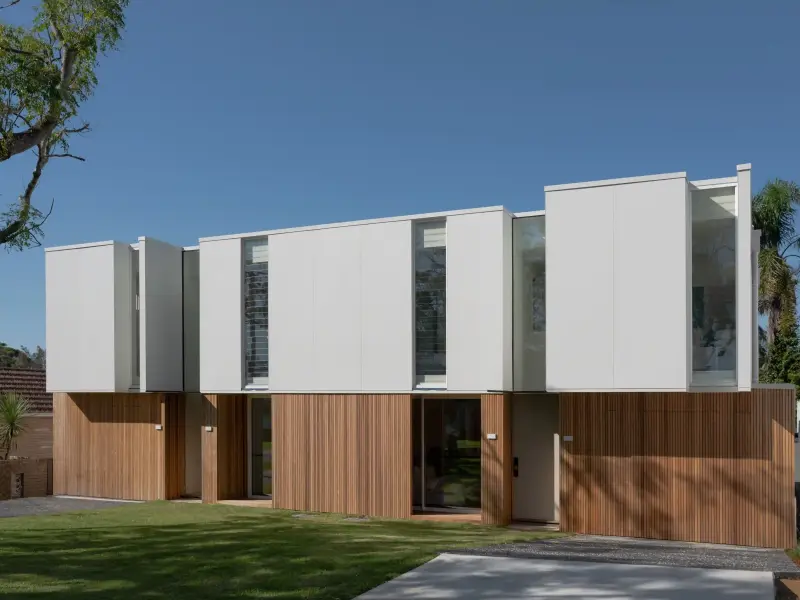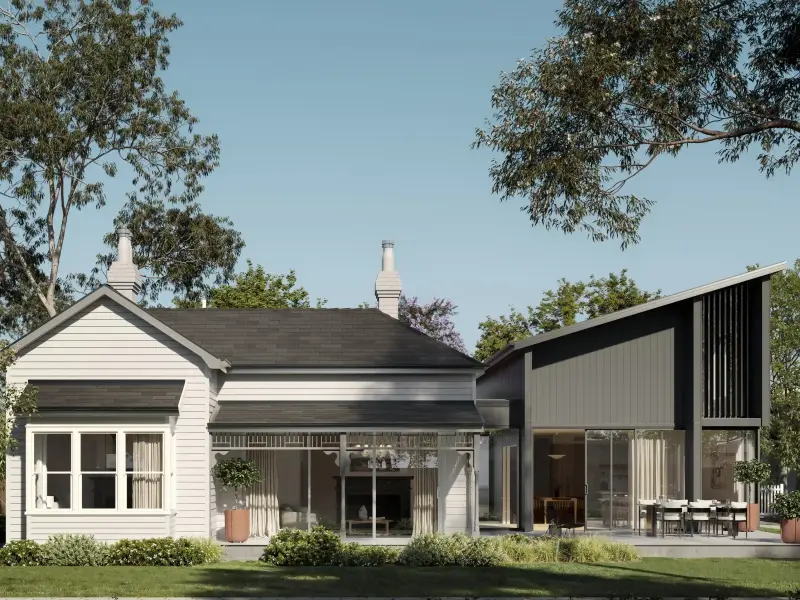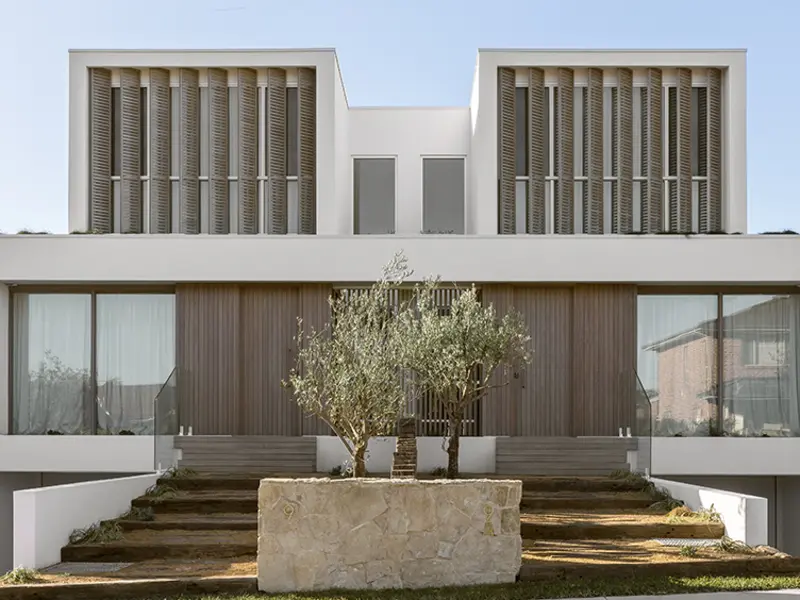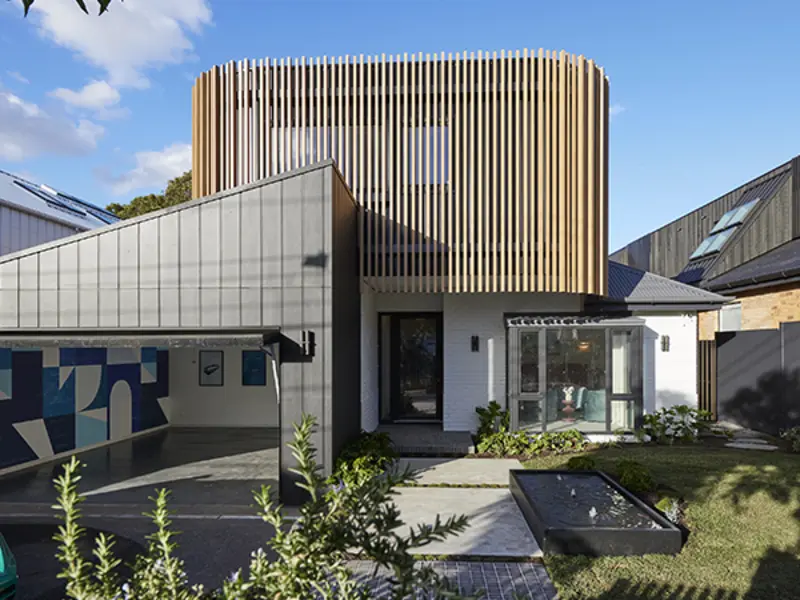
Overcoming common challenges in Modern Heritage house design
Taking on a Modern Heritage style is an enriching experience. These unique homes have held their stately place in the world for generations, and a new owner has an opportunity to let that beauty shine.
Each property has its own challenges and considerations to face. We asked Rebeka Morgan, who helps women build, renovate and develop houses with BuildHer Collective, how she advises her ‘BuildHers’ in their projects to help them find the perfect balance between heritage and modern.

“BuildHer Collective was started to help women build and renovate their own home, and more recently we've had people looking to try and build wealth and renovate for profit,” she explains.
Rebeka has seen a lot of Modern Heritage projects in her time, and says that sometimes the constraints that make a project more difficult end up resulting in something unique and wonderful.
Why design a Modern Heritage home?
There’s no better style for a thoughtful home owner who loves characterful homes but wishes to bring it in line with 21st century sensibilities. A Modern Heritage style house honours the heritage of a home, but simultaneously references modern design codes to inject a sense of personality and individuality through a contemporary extension.
Modern Heritage architecture uses the past to address the future needs of home. By living in an older house, it forces us to truly consider how we want to live and how we want to personalise our homes. Celebrating the differences between the past and present allows us to give our homes a unique identity.
Challenge 1: Consulting with local council on Modern Heritage style houses
Before any building can get underway, consult with your local council. There may be restrictions based on the age or location of your home about what changes you can undertake.
They can advise on essential state and local building policies as well as fees and necessary applications. Oftentimes, there may be no restriction at all, or there may be a heritage overlay or heritage listing.

“A heritage overlay or a planning scheme is where the planners want to see what you're planning on doing for that house and that project,” explains Rebeka of BuildHer Collective.
“But the restrictions will just be council wide dependent, not specific to your house, but to the overall area.”
You may have to work within some broad rules, such as a colour palette or a limit to the height of extension or view from the street.
A second type is where a home is heritage listed. “That means it's quite a significant facade and significant to the area, and that house is individually listed.
Those ones have a lot of different controls and you need to get a heritage consultant on board.”
If your home is Heritage listed, you will need advice about submitting an integrated development application through the council or applying for a modern extension through the Heritage Council.
Challenge 2: Embracing modern style in a heritage property
When extending heritage homes, the trend used to be to attempt to continue or match the original home, explains Rebeka.
But things have changed a lot: “Back then, even council requirements would try to get a homeowner to match the original home.
“However, we've moved away from that now and toward the Modern Heritage style where you juxtapose the two areas.”

In practice, what this looks like is often highlighting, restoring or replicating heritage features in the original part of the home, moving through to a new extension with a distinctly modern feel that references the original home.

For example, in the curve of an archway, in the choice of flooring or perhaps through the introduction of fireplaces.

Crucially, the newer parts of the home must feel distinct, because the beauty and success is in the referential nature of the design.
Challenge 3: What products to use to achieve a Modern Heritage facade
Hardie™ exterior cladding solutions are the perfect choice for modern heritage conservation and the bold extension.
While updating a home’s facade can pose its own challenges, bringing a Modern Heritage look to life begins with complementing and contrasting original materials with newer materials, to achieve an impressive look that can withstand the tests of time.
Ivy Huang, a member of Rebeka’s BuilderHer Collective, recommends continuing your choice of building materials across the new and original parts of the home to create a cohesive look and feel. That might mean using the same flooring, paint colours, skirting boards or joinery throughout.
Due to the narrow footprint of Bonny House, Ivy also needed a wall system that could be easily installed.
“The Hardie™ Smart Dual ZeroLot™ Wall System is pre-built on the ground – everything’s done. The builder just stands it up and you’ve got a wall,” she says. “It’s really quick to build; it’s a really clever system.”
Hardie™ exterior cladding solutions are also perfectly suited to Modern Heritage style, as used in the Bonny House:
Hardie™ Fine Texture Cladding The subtle sand-like texture and fine matte finish allows distinct architectural and heritage features to stand out.

Axon™ Cladding: The panels reflect the beauty and timeless detail of painted vertical joint timber, but without time-consuming board construction or durability hassles.

Other suitable products for the Modern heritage style also include:
Hardie™ Oblique™ Cladding: The unique square and angled edges evoke a bold, contemporary aesthetic which juxtaposes perfectly against heritage facades.

Order your samples now to get started on the Modern Heritage design and build process.

Order a Sample
Ready to specify Hardie™ fibre cement products in your next project? Order a sample to help visualise your design decision. Paint samples in any colour to suit the vision you have for your dream home.
